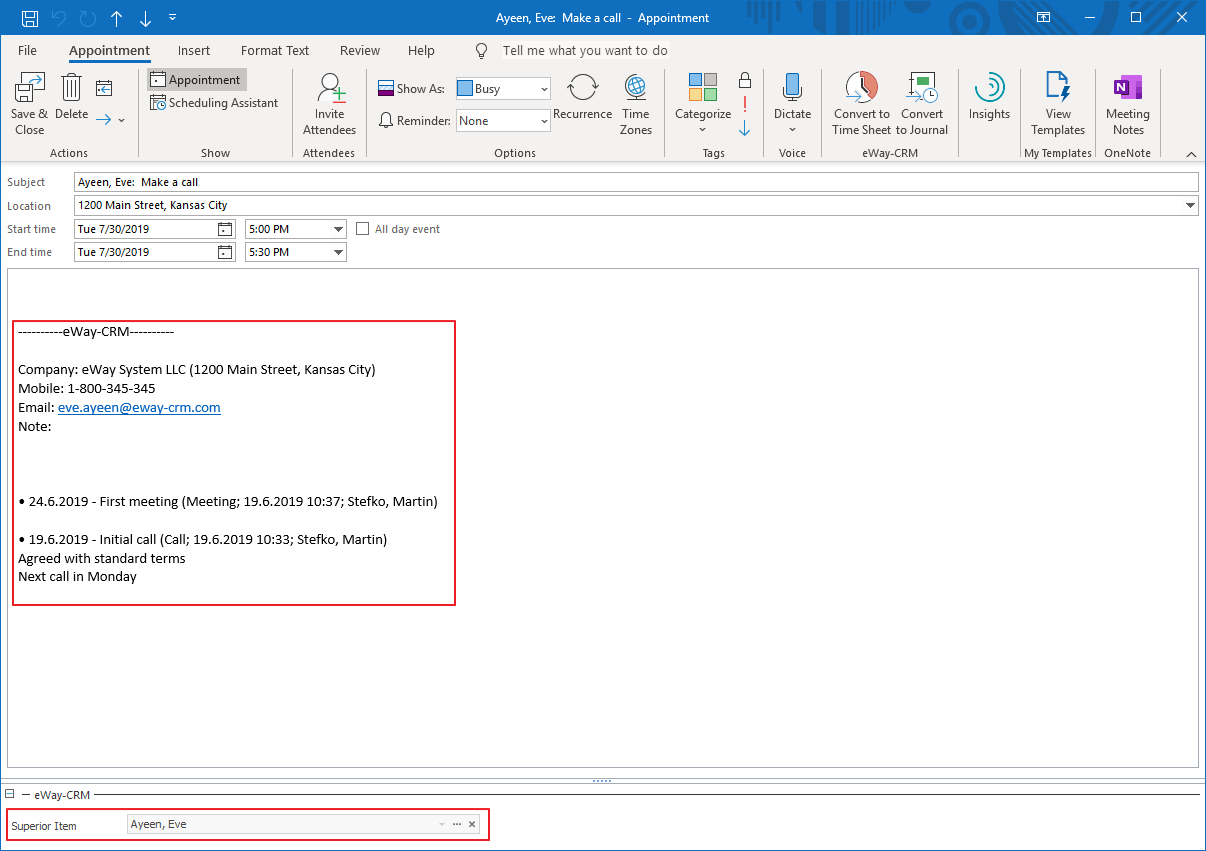

The propensity of two chemical species to be in contact are analyzed and discussed for several sets of crystal structures containing a limited number of elements. For the crystal structures collected, the contacts are analyzed in terms of chemical types involved at the Hirshfeld surface. A selection of CIF files containing the structural coordinates of the molecules were retrieved from the Cambridge Structural Database (CSD Allen, 2002 ).
#Contacts journal crm 1.1 series
Several series of compounds composed of the same chemical species were analyzed to identify trends in crystal-packing contacts. The surface contact data derived from the Hirshfeld surface analysis are used to derive enrichment ratios which relate to the propensity of pairs of chemical species to form crystal-packing interactions. In the current paper a new descriptor is proposed to analyze contacts in molecular crystals. When electrostatic potentials of molecules are mapped onto their Hirshfeld surfaces and displayed within a crystal packing diagram, the molecular contacts can be analyzed in terms of the electrostatic complementarity of touching surface patches (Spackman et al., 2008 ).
#Contacts journal crm 1.1 software
The CrystalExplorer software is also a powerful tool for the visualization and characterization of voids in crystalline materials (Turner et al., 2011 ). This quantity plotted on a Hirshfeld surface provides a very informative tool to analyze crystal packings. (2007 ), is negative where contacts are shorter than the van der Waals separation, and positive for longer contacts. The d norm quantity, which was introduced by McKinnon et al. In this manner different interaction types such as hydrogen bonding, van der Waals contacts, C-H⋯ π and π⋯ π stacking can be identified in the fingerprint plots. The program notably enables fingerprinting of intermolecular interactions by pairs of chemical species. CrystalExplorer software (McKinnon et al., 2004 Wolff et al., 2012 ) is now a tool widely used for visualizing and exploring intermolecular interactions in crystals. Fingerprint plots can be made by evaluating the pairs of d i and d e distances from the surface to the nearest atom interior/exterior to the surface, respectively. With the crystallographic analysis tools available using Hirshfeld surfaces, the crystal packing and contacts of chemical compounds can be studied extensively (Spackman et al., 2002 ). The involvement of functional groups in crystal packing contacts is widely investigated in the literature in order to better understand the principles of crystal formation. The study also highlights the fact that hydrogen is a prefered interaction partner for fluorine. C⋯H contacts are favoured in (C,H) aromatics, but these interactions occur less in compounds containing O, N or S as some H atoms are then involved in hydrogen bonds. C⋯C contacts are, however, less enriched in pure (C,H) hydrocarbons as π⋯ π stacking is not so favourable from the electrostatic point of view compared with heterocycles. In aromatic compounds, C⋯C contacts can display large enrichment ratios due to extensive π⋯ π stacking in the crystal packings of heterocyclic compounds. O⋯O and N⋯N contacts are impoverished while H⋯H interactions display enrichment ratios which are generally close to unity or slightly lower. As expected, the polar contacts of the type H⋯N, H⋯O and H⋯S, which are generally hydrogen bonds, show enrichment values larger than unity. The enrichments and contact tendencies were analyzed in several families of compounds, based on chemical composition and aromatic character. The enrichment ratio is obtained by comparing the actual contacts in the crystal with those computed as if all types of contacts had the same probability to form. This quantity enables the analysis of the propensity of chemical species to form intermolecular interactions with themselves and other species. This study uses the decomposition of the crystal contact surface between pairs of interacting chemical species to derive an enrichment ratio. The partitioning of space with Hirshfeld surfaces enables the analysis of fingerprint molecular interactions in crystalline environments.


 0 kommentar(er)
0 kommentar(er)
